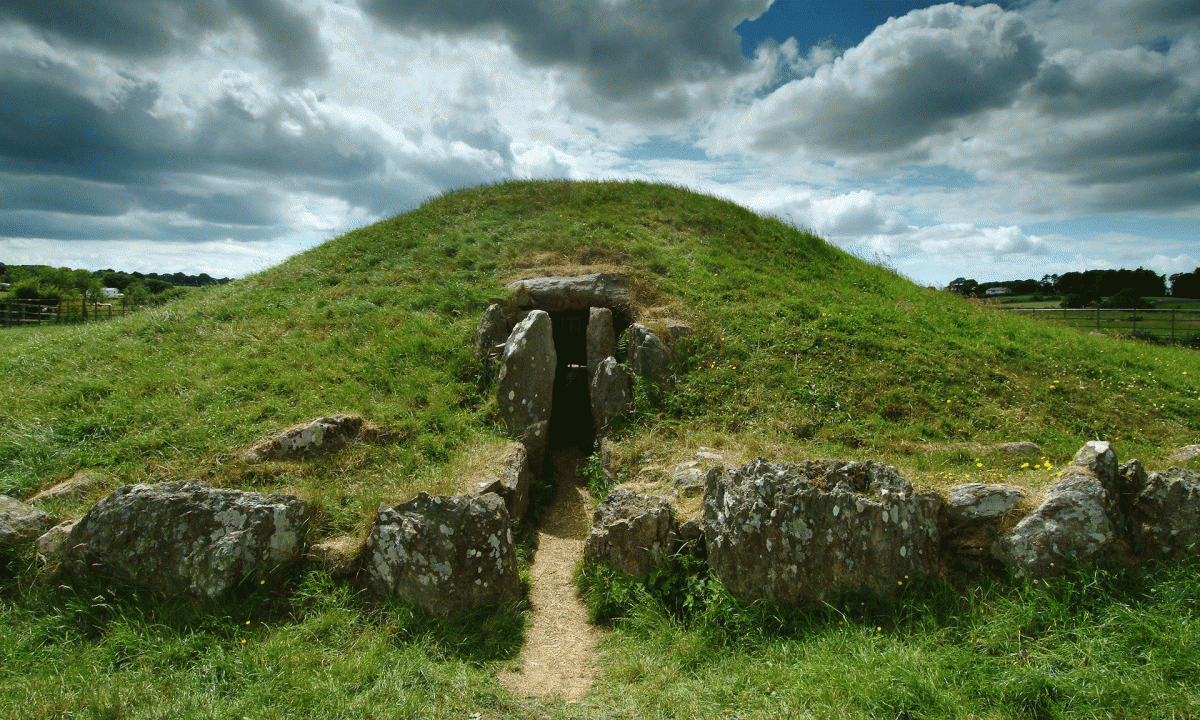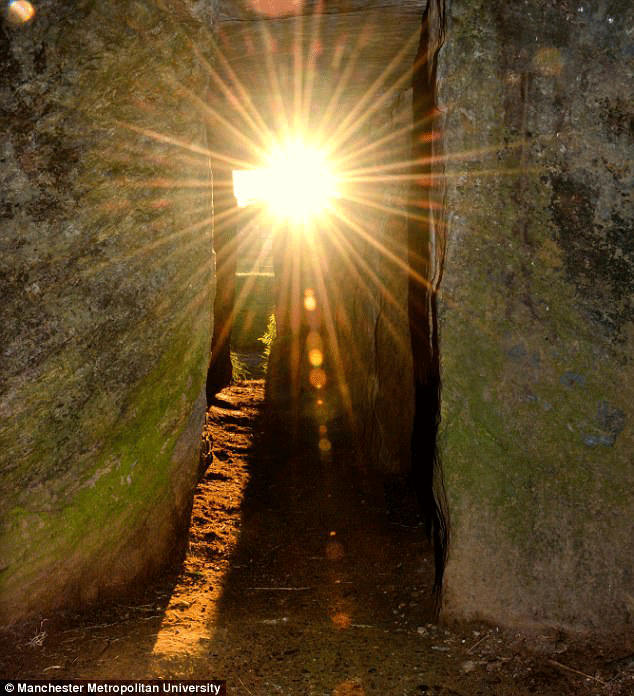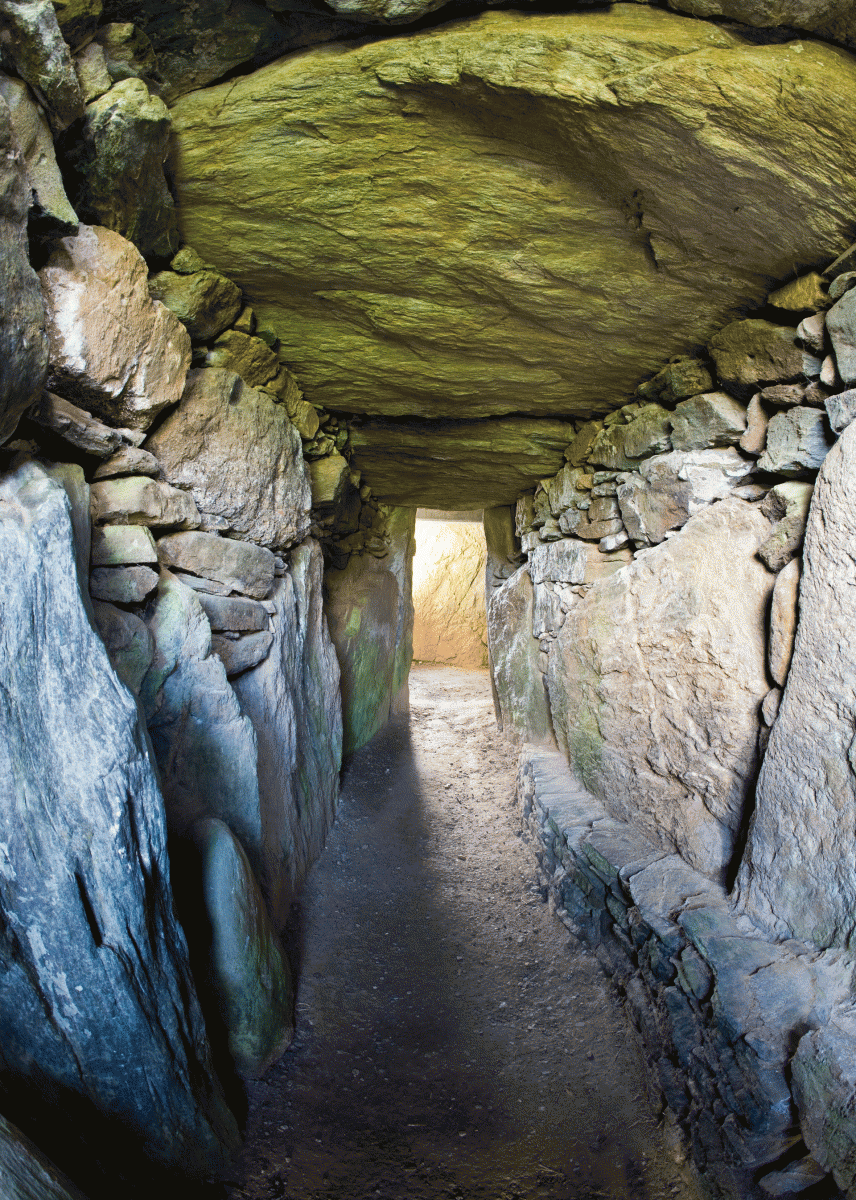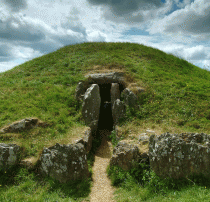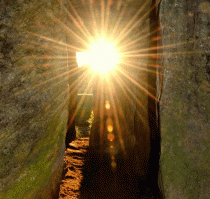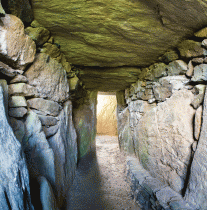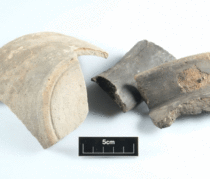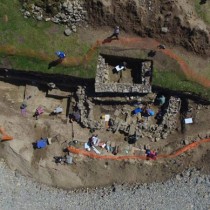Archaeologists have discovered that a prehistoric burial mound is surrounded by a cemetery of similar burials. The prehistoric ritual landscape has been discovered around the Bryn Celli Ddu burial mound aligned with the summer solstice sun in Anglesey, UK. What is particularly interesting is that the landscape around the monument was used for thousands of years.
Bryn Celli Ddu is 5,000 years old and it might not be as famous as Stonehenge but it offers an equally spectacular sight when the sunlight enters the inner chamber through a long narrow passage on summer solstice. The monument probably had five wooden posts, built in the tomb’s forecourt in the Mesolithic period. Cremated bones were placed in its foundation, in a pit, which was the centre of the tomb, while stone circles were built around it. In the centre of the pit, a large stone covered in decorations was placed before the construction of the stone tunnel. It was originally excavated in 1865, and reconstructed in the 1920s , but only recent excavations of the last three years have yielded significant evidence of human activity affecting the surrounding landscape.
Excavation works have brought to the surface 10 examples of rock art carvings, pits with pottery deposits and flint tools as well as evidence of a prehistoric burial cairn. Also, ground penetrating radar surveys this year have shown that the mound is probably part of a cemetery comprising of similar burials located around the older grave. In particular, two additional burial cairns have been excavated and geophysical surveys show that at least two more will be soon identified.
The new evidence indicate that Bryn Celli Ddu is surrounded by a landscape that is definitely more complicated than previously thought, said Seren Griffiths, an archaeologist from the University of Central Lancashire. The same belief is shared by archaeologists from Manchester Metropolitan University and Cadw, the Welsh conservation body, who have been also working on the project.
To investigate the underground evidence researchers have used GPR, ground penetrating radar techniques, magnetometry, and resistivity.
